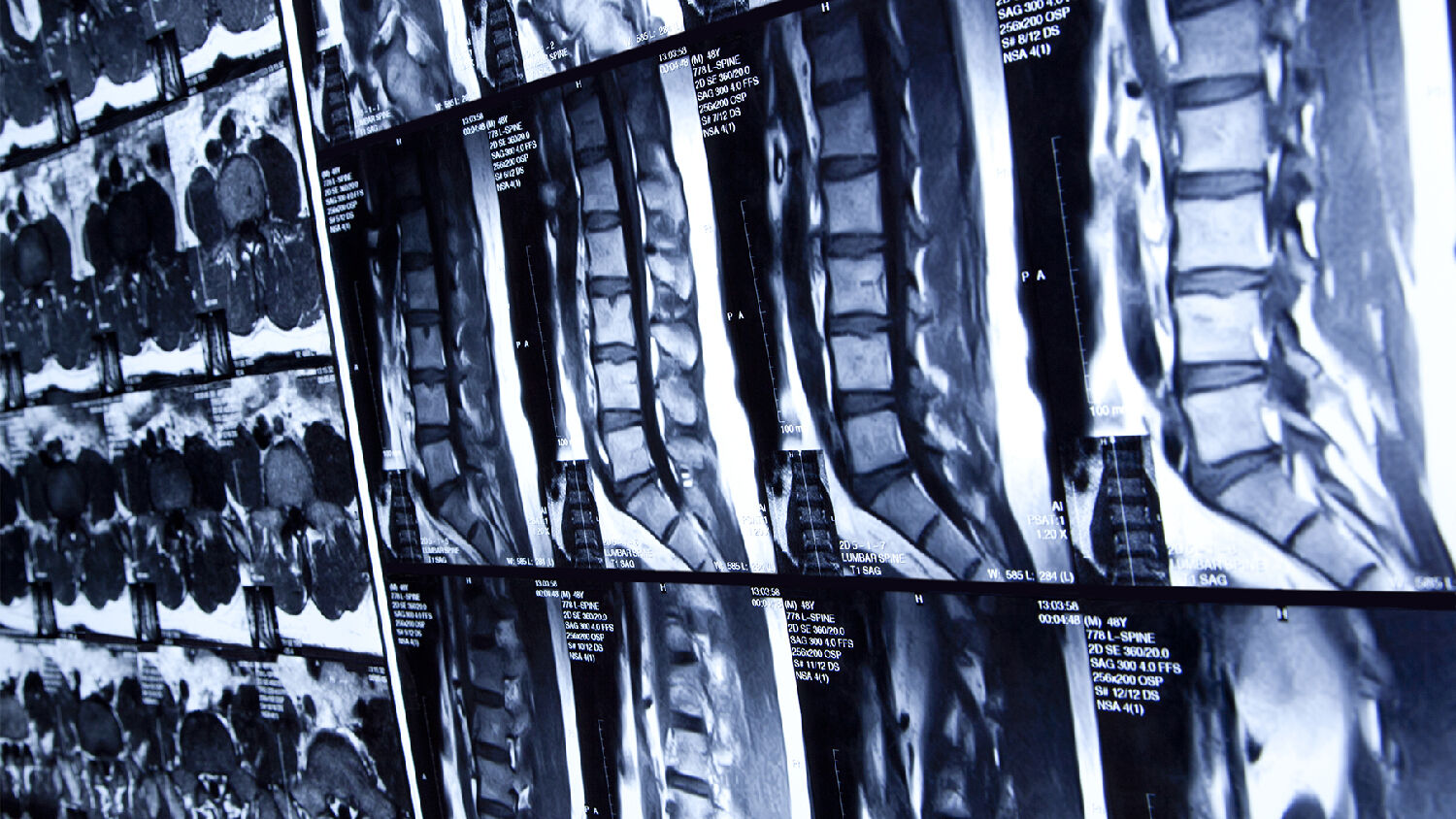
Become Posture-Perfect to Help Your Health
Bad posture can make your neck creak, your shoulders ache, and your energy dissipate. In fact, it may be responsible for more injuries and poor physical condition than any other cause. Almost 80 percent of Americans have experienced back and neck pain at some point in their lives, and no small amount of that pain can be linked to bad posture.
Is poor posture such a terrible problem? Well, as it turns out, yes. Sitting for prolonged periods literally turns off the muscles and connective tissue of your trunk and spine. This results in long-term orthopedic problems like back and shoulder pain, headaches, spinal dysfunction and joint degeneration.
Think of your spinal column as a stack of 33 blocks stretching from your skull to your pelvis. These bones form postural curves: cervical, thoracic, lumbar and sacral. When even one block in the stack is out of place and alters one of these curves, the result is nerve and muscle irritation, chronically tight and restricted segments, and structural damage.
For example, sitting in front of a computer all day extends the upper body forward. Your head weighs approximately 12 pounds. But as your neck leans forward, even only 15 degrees, the cervical spine must support the equivalent of approximately 27 pounds. This affects the resting length of your muscles. Your shoulders are rounded, your chest becomes tight, and underutilized back muscles become weak.
Poor ergonomics while standing causes the same problems. When you slouch as you walk, or stand leaning on one foot for too long and thus elevate one hip, you increase stress on ligaments holding the joints of the spine together, and you cause this abnormal condition to become fixed.
A 2015 Journal of Orthopedic Science study found a strong correlation between improper posture and disc degeneration. This is a type of disease that alters the mechanics of the spine, leading to sciatica, disc herniation of the neck and back, and eventual spinal stenosis, a narrowing of openings that can place pressure on nerves and the spinal cord. In fact, degenerative disc disease is the reason for more than 90 percent of all spinal surgeries.
What Can You Do?
As it turns out, we sit a lot: 13 hours a day, on average. Dr. James Levine, director of the Mayo Clinic-Arizona State University, said, “Sitting is more dangerous than smoking, kills more people than hiv, and is more treacherous than parachuting.”
His grim conclusion, backed by 16 years of studies including 800,000 people, is that we are sitting ourselves to death. But you can help yourself avoid this posture-ruining habit:
1. Stay aware of slouching. Sitting incorrectly puts nearly twice as much pressure on spinal discs as standing, so keep both feet on the floor, head straight, shoulders level and abdomen flat. The back should have a slight (not exaggerated) inward curve. When standing, stay upright with chin level, shoulders back and stomach slightly tight. This aligns ears over the shoulders, shoulders over hips, hips over knees, and knees over ankles.
2. Practice good posture habits. When you read, hold your phone, book or magazine at eye level rather than in your lap. If you work at a desktop computer, raise the monitor to a level that prevents looking down, and keep the desk high enough that your elbows can rest on it while extended straight ahead.
3. Try a standing desk. Several studies have found significant benefits of using a standing desk at work. One study showed a 32 percent improvement in lower back pain after several weeks of use. Another study by the Centers for Disease Control and Prevention found that use of a sit-stand desk reduced upper back and neck pain by 54 percent after just four weeks.
4. Move around. Make sure to get up, stretch and move around frequently at work throughout the day to recharge stiff muscles. Your body is designed to move, and lack of motion can make back pain worse. Stretching soft tissues can bring significant back and neck pain relief. Spine-health.com is a great resource for information on stretches and strengthening exercises for specific symptoms and pain relief.
5. Exercise. Though exercise cannot undo the damage of sitting all day, it is definitely better than not exercising at all. Exercise three to four days per week, and begin habits of other physical activity where possible: walk to work, walk during your breaks, cycle with your family. Keep your body moving!
Are you sitting up straight as you read this? Remember, slouching and a sedentary lifestyle are the enemy of a healthy back, so keep a posture-perfect lifestyle by losing some weight and moving and exercising to build muscle and prevent injury. Only effort and vigilance improves your posture, supports your back, prevents pain, and improves your health.
Jorg Mardian is a personal trainer.
